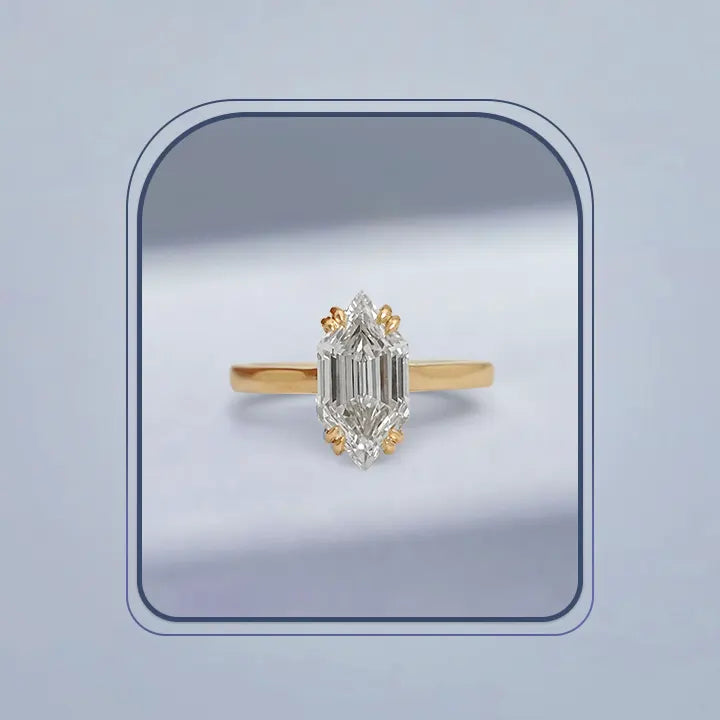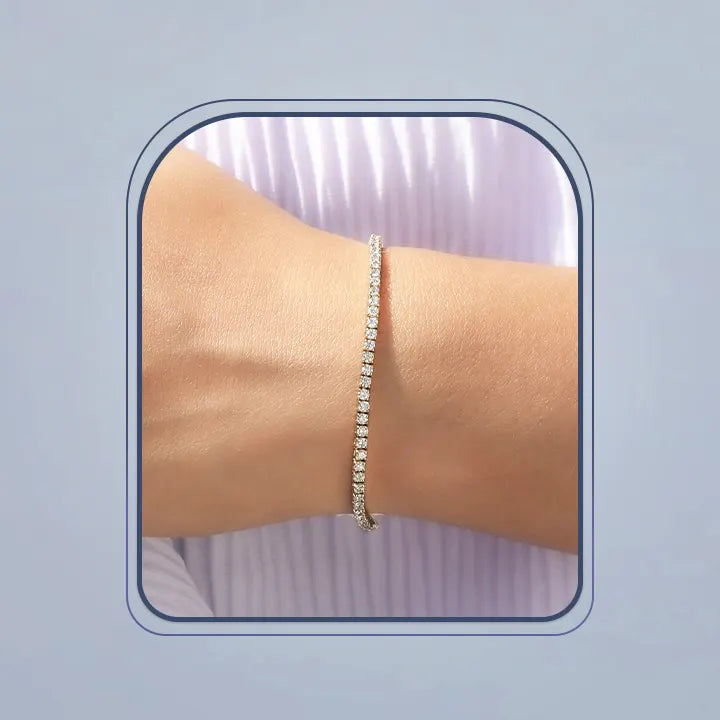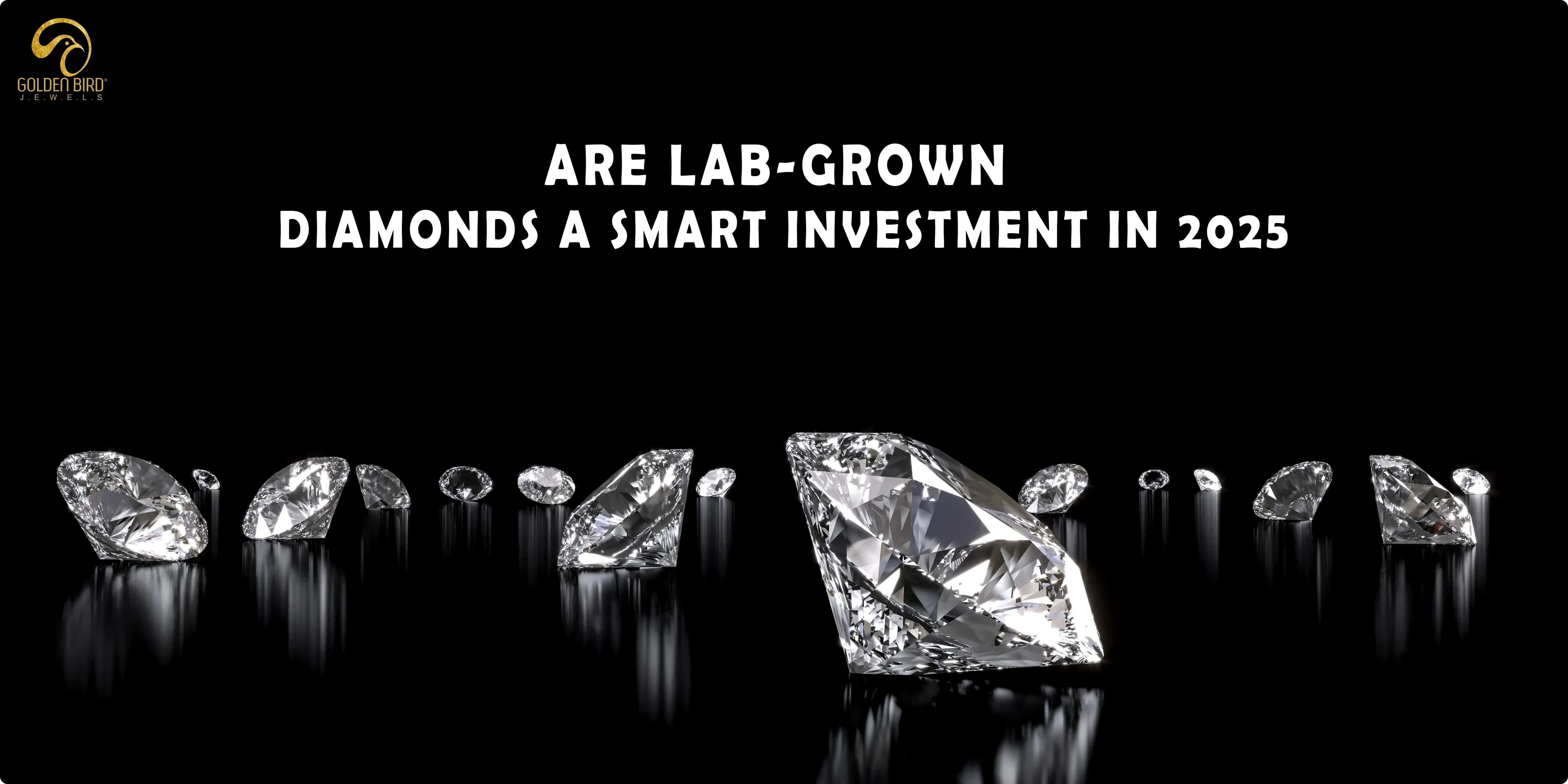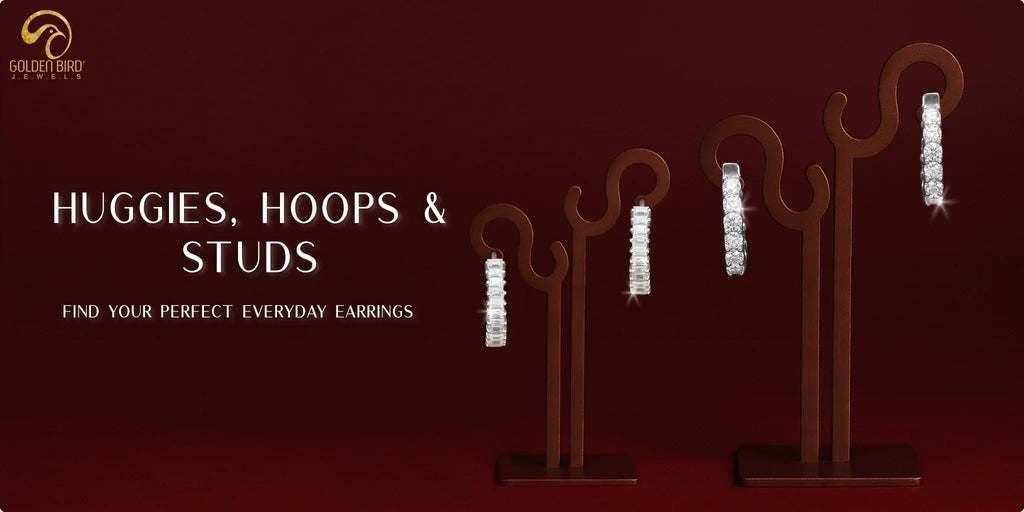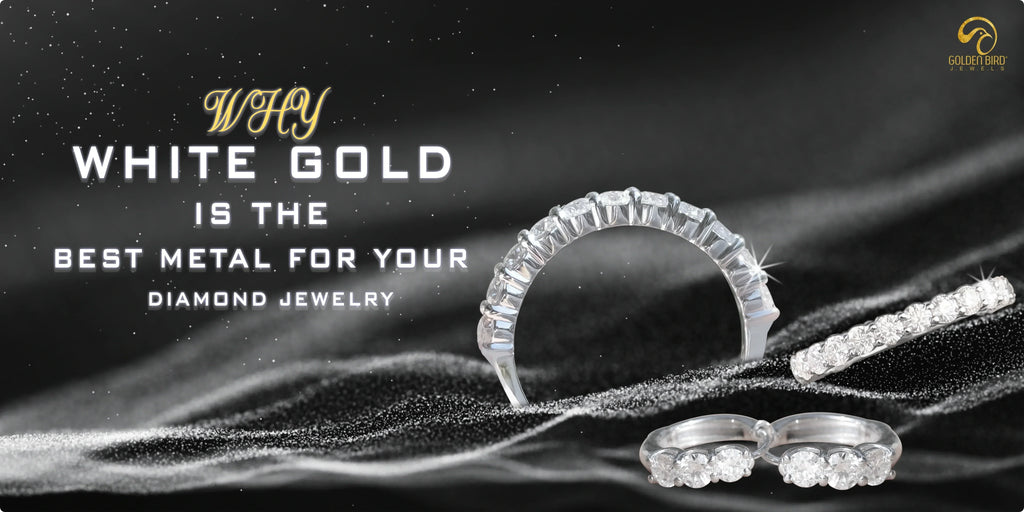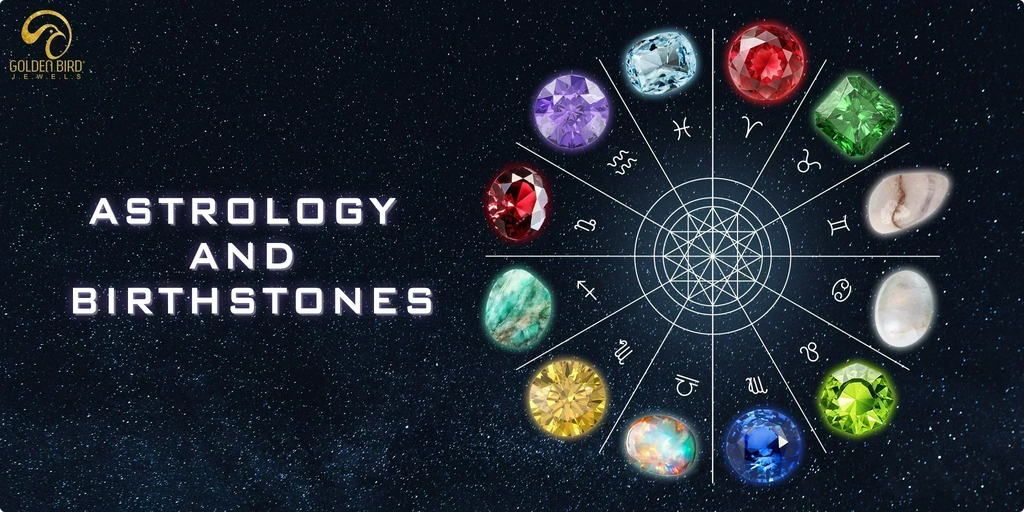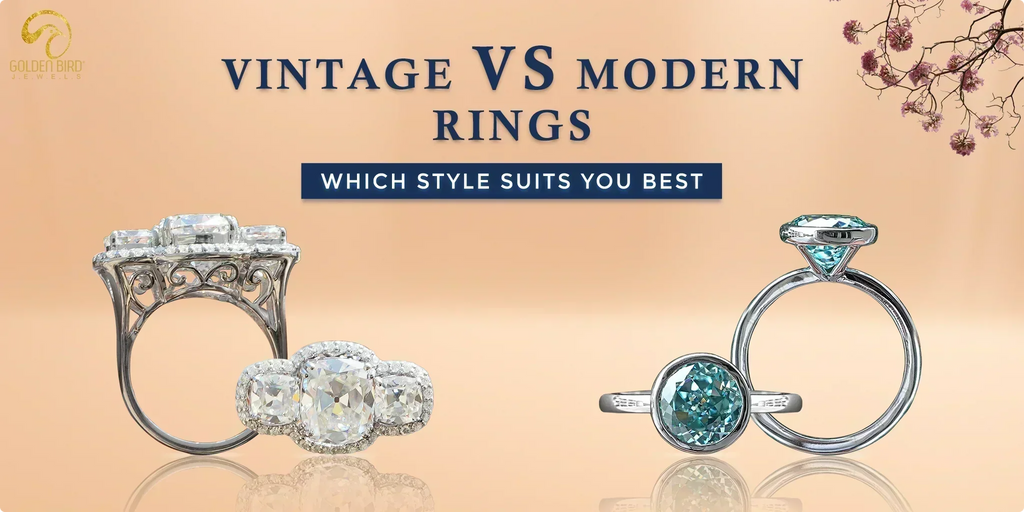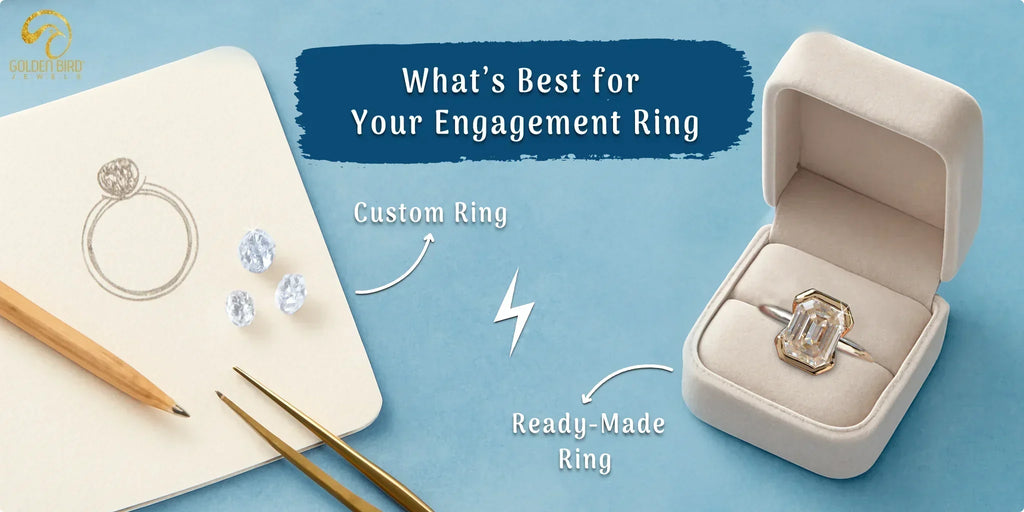Are Lab-Grown Diamonds a Smart Investment in 2025

Lab-grown diamonds have gained massive popularity in the USA. More buyers are choosing them for their beauty, ethical sourcing, and affordability. But are they a smart investment?
Many people wonder will lab-grown diamonds hold value in 2025? Others ask, Do lab diamonds increase in price over time? A variety of elements shape how lab-grown diamonds fare in future markets including current market performance as well as Lab-grown diamonds resale value and prolonged demand patterns.
Modern technology enables scientists to produce artificial diamonds that match natural diamonds through their visual properties as well as chemical makeup. The market saw two positive changes which led to reduced pricing for lab-grown diamonds through enhanced production efficiency along with rising supply during the previous years.
The market value behavior of natural diamonds differs from that of lab-grown diamonds because these human-made gems struggle to keep or enhance their worth. Their affordability together with ethical advantages and sustainability status makes lab-grown diamonds highly appealing to today's buyers.
Believing in purchasing a lab-grown diamond requires sufficient information about market prices, future resale values, and Lab-grown diamonds investment potential which can be found in this comprehensive guide.
Understanding Lab-Grown Diamonds: What Makes Them Unique?

Scientists use modern technological advancements to produce diamonds through laboratory settings. Two established procedures exist for manufacturing lab-created diamonds which are Chemical Vapor Deposition (CVD) and High Pressure High Temperature (HPHT).
Scientists use CVD procedures to put diamond seeds inside a device containing carbon-rich gas. Heating the carbon-rich gas enables carbon atoms to unite and produce diamond crystalline layers. The diamond production through this method requires several weeks to complete.
The HPHT procedure duplicates the environmental conditions that occur naturally inside the earth. A mixture of high pressure and heat transforms solid carbon substance into diamond crystal form. The production of laboratory-grown diamonds began with this initial method as scientists discovered it.
The physical characteristics of man-made diamonds precisely match those of diamonds that form naturally on the earth. Both kinds of diamonds maintain identical properties when it comes to strength, fire effects and enduring quality. Only specialized tools used by expert jewelers enable them to differentiate between natural diamonds and their lab-grown counterparts.
Laboratory-made diamonds gain increasing public acceptance at present. The product is favored by buyers because it offers affordability as well as ethical practices combined with a sustainable approach. The manufacturing process of these diamonds excludes both environmental destruction and participation in unethical labor activities.
Major brands, including De Beers and Pandora, have embraced lab-grown diamonds. More consumers are choosing them for engagement rings, earrings, and luxury jewelry.
For those looking for high-quality lab-grown diamond jewelry, Golden Bird Jewels offers a beautiful collection. Their diamonds are ethically sourced and conflict-free, making them a perfect choice for modern buyers.
Price Trends of Lab-Grown Diamonds in 2025

During the previous five years the cost of lab-grown diamonds significantly changed because of improved manufacturing methods along with evolving consumer tastes.
Price Evolution Over the Last Five Years
Lab-created diamonds existed at a selling price which was 30 percent beneath that of raw diamonds during 2015. Product enhancement during 2020 reduced prices by 50 to 60 percent. As of 2025, lab-grown diamonds are now 80-85% more affordable than their natural counterparts.
Current Price Comparison: Lab-Grown vs. Mined Diamonds
As of 2025, the current price relation between man-made diamonds versus natural diamonds exists at $1,500 per carat for synthetic diamonds against $4,875 per carat for mined diamonds.
Impact of Supply and Demand on Pricing
The lab-grown diamond market has expanded rapidly, with its value reaching over $27.2 billion in 2023. The market research indicates that synthetic diamonds will account for 10% of the worldwide diamond industry by the year 2030.
The rising supply mainly from China and India together with technological advancements have led to decreasing prices of lab-grown diamonds during this period. Technological advancements in manufacturing lower production expenses so diamond manufacturers can present their products at lower price points. The market has witnessed rising customer interest because consumers pursue ethical and sustainable jewelry options along with affordable quality pieces.
The sudden price decrease of lab-grown diamonds produces uncertainty regarding their future market value preservation. Unlike natural diamonds, which often retain around 50% of their initial value, lab-created diamonds have seen steep declines in prices due to increasing supply and technological advancements.
The combination of technological advancements and increased laboratory production has made lab-grown diamonds much more affordable during the past five years. The accessibility due to lower prices benefits more buyers but buyers need to understand the effects this will have on their future diamond value retention.
Resale Value: Do Lab-Grown Diamonds Hold Their Worth?

The main anxiety experienced by prospective purchasers centers on - How much are lab diamonds worth in 2025? The market does not esteem manufactured stones at the same level it does natural diamonds. Instead, they follow a different market trend, making them more suitable for personal enjoyment rather than investment.
Comparison: Lab-Grown vs. Natural Diamond Resale Value
Natural diamonds have historically retained some resale value due to their rarity. The demand for earth-mined diamonds has kept prices relatively stable, with fluctuations based on supply and demand. Let’s compare Lab-created vs. mined diamonds value -
Since lab-grown diamonds can be produced in unlimited quantities, they lack the rarity factor that drives up resale prices. Lab-created diamonds cannot be resold through most jewelers because the majority lack buyback programs.
Lab-Grown Diamonds as a Luxury Purchase
Customers should avoid treating lab-created diamonds or mined diamonds as financial investments because they represent a high-end purchase instead. Human-made diamonds supply similar beauty and toughness alongside flaming brilliance at much-reduced cost levels when compared to natural diamonds.
Market Trends: Will Lab-Grown Diamonds Increase in Value?

The jewelry market sees increasing popularity of diamonds which factories create. The market value of diamonds is shaped by how brands embrace them and how consumers want them and what technological improvements occur.
Celebrity & Brand Adoption
Major jewelry companies continue to adopt lab-grown diamonds as part of their product offerings. Pandora has moved into exclusive distribution of lab-made diamonds as part of their sustainable approach. Under its Lightbox Jewelry brand De Beers presents a lab-grown diamond product range despite formerly being a top leader in natural diamond distribution. Lab diamonds gain more popularity due to the endorsement of celebrities and influencers.
Rising Demand for Sustainable Jewelry
Today’s consumers are more conscious of environmental impact. Ethical diamond purchases are rising since sustainability has become crucial to buyers. Organizations targeting the Millennial and Gen Z customer base find natural diamonds less attractive when compared to their conflict-free alternatives. The changing purchasing patterns among customers have made lab-made diamonds gain greater market appeal.
Evolving Technology & Affordability
The production of better-quality synthetic diamonds became possible through CVD (Chemical Vapor Deposition) and HPHT (High-Pressure High-Temperature) methods. Innovations lead to lower manufacturing expenses that result in lab diamonds becoming increasingly affordable. The rising manufacturing efficiency leads to reduced prices which will shape their future market worth.
Will Lab-Grown Diamonds Increase in Value?
The widespread popularity of cultured diamonds means they have entered the mainstream market yet they do not provide financial growth. Time does not enhance the value of synthetic diamonds because they remain separate from authentic diamond markets. These ethical diamonds provide an affordable solution that avoids their expensive market value.
Should You Buy Lab-Grown Diamonds in 2025?

If you’re wondering Are lab diamonds worth buying?, the answer depends on your goal. People who want both aesthetic value and favorable prices together with minimal environmental impact should consider buying artificial diamonds. Lab-grown diamonds stand as an investment option but potential buyers need to evaluate certain key factors.
Why You Should Buy Lab-Grown Diamonds
-
The creation process of these diamonds avoids harmful mining activities which establishes their sustainable background.
-
Lab-grown diamonds present excellent monetary value since they cost 60-85% less than mined diamonds but still maintain their high-quality standards.
-
These created diamonds match natural diamonds chemically in addition to being available with diverse shapes and dimensions.
Why They May Not Be the Best Investment
-
Low Resale Value – Unlike natural diamonds, lab-grown diamonds lose value over time.
-
Market Trends – As production increases, prices continue to drop, reducing long-term worth.
The desirable qualities of pure beauty combined with ethical standards and affordability function perfectly in lab-grown diamond choices. Long-term financial investments might benefit better from natural diamond purchases.
For the best lab-grown diamonds in the USA, explore Golden Bird Jewels today!
Conclusion
The jewelry industry experienced a significant change because of lab-grown diamond production. These gems provide three attributes through their stunning looks and ethical manufacturing and cost-friendly values.
Their investment strategy does not include an appreciation of natural diamond assets. These stones present value as luxury items that combine aesthetic merit with environmentally friendly practices.
The intentional purchase of a diamond should take you toward lab-grown diamonds since they illuminate for meaningful reasons. Explore the elegant collection at Golden Bird Jewels and find the perfect piece today!
FAQs
Will diamonds produced in laboratories ever have any value?
When compared to natural diamonds of the same size and quality, lab-grown diamonds will be 90% less expensive. Similarly, their resell value will also be less because new diamonds are already inexpensive.
How have the lab-grown diamonds evolved?
Lab-created diamonds were about 10% less expensive than their natural counterparts a decade ago. The price of lab diamonds has dropped sharply over the last ten years due to increased production and technological breakthroughs. These days, they're usually offered between 80% and 90% less than mined diamonds.
What are the consumer attitudes toward lab-grown diamonds?
The way that consumers view diamonds is changing. In order to obtain a larger or better-quality stone for the same price, buyers today are frequently ready to select a lab-grown diamond. Since there is no easy way for customers to distinguish between the two, the idea that a diamond is a diamond regardless of where it comes from has gained popularity.
What is the future of the lab-grown industry?
The idea that diamonds are luxury goods is in danger due to the increasing availability of lab-grown diamonds at bargain stores like Walmart. It erodes their exclusivity, making it more difficult to represent wealth with a ring that is easily found online. This could lead to new trends in the future.
Will Jewelers buy back lab-grown diamonds?
A lot of well-known jewelry retailers and trustworthy jewelers sell used lab-grown diamond rings. They are qualified to determine the worth of your ring and might even provide opportunities to exchange it for a different item.

.png?v=74971505631319126241739980080)

.png?v=170379015109479064061739980109)
 Solitaire Ring
Solitaire Ring
 Accent Ring
Accent Ring
 Halo Ring
Halo Ring
 Bridal Set
Bridal Set
 Toi-Moi Rings
Toi-Moi Rings
 Three Stone Ring
Three Stone Ring
 Vintage Ring
Vintage Ring
 Bezel Set
Bezel Set
 Channel Set
Channel Set
 Dainty Band
Dainty Band
 Eternity Band
Eternity Band
 Studs and Earrings
Studs and Earrings
 Bracelet
Bracelet
 Pendant
Pendant
 Men's jewelry
Men's jewelry
 Ready to Dispatch
Ready to Dispatch
 Brilliant
Brilliant
 Old Cut
Old Cut
 Step Cut
Step Cut
 Matching Pair
Matching Pair
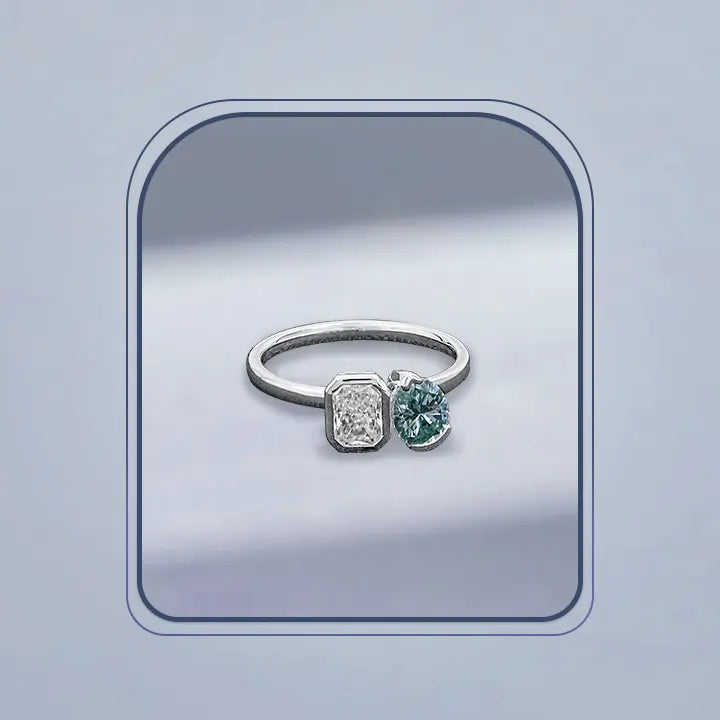
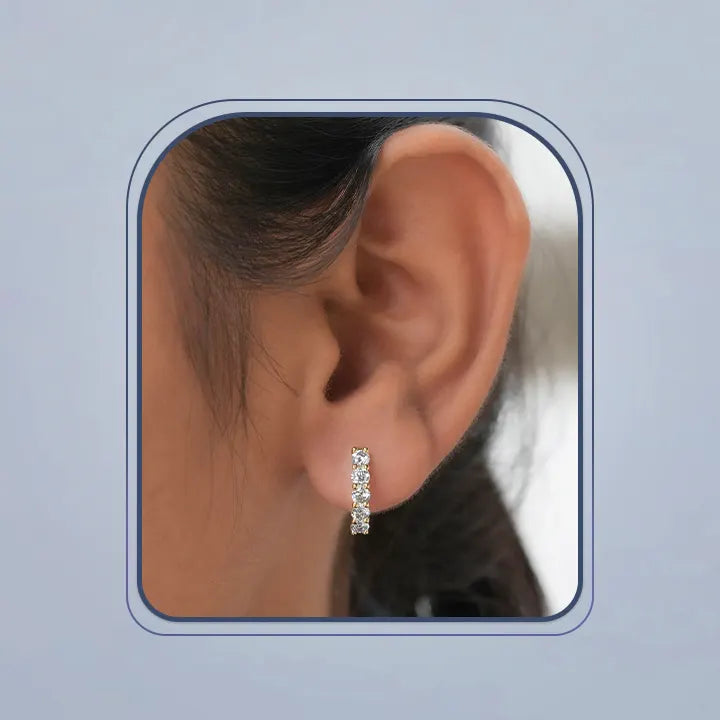
 Five Stone Ring
Five Stone Ring
 Pave band
Pave band
 Necklace
Necklace
